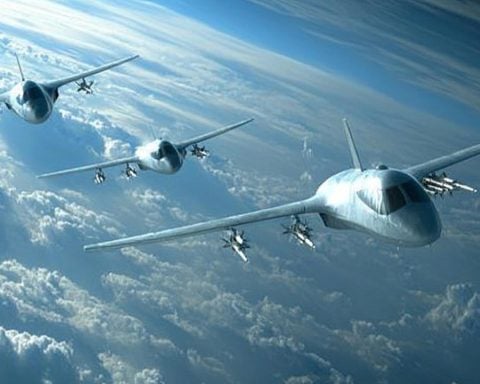Military helicopters, often referred to as “choppers,” remain a pivotal asset in military operations around the world. While news cycles may frequently highlight the latest fighter jets or naval vessels, it is crucial to recognize the enduring importance and versatility of these aircraft. Originating in the mid-20th century, military choppers have evolved significantly, offering unmatched capabilities in various operational environments.
One of the most compelling features of military helicopters is their versatility. They are unique in their ability to perform a wide array of missions, from troop transport and medical evacuation to close air support and reconnaissance. This adaptability makes helicopters indispensable in both combat and non-combat operations, often serving as the backbone of rapid deployment and logistical support.
Moreover, choppers are well-suited for operations in difficult terrains where other vehicles might struggle. Their ability to take off and land vertically allows them to access remote or isolated areas with ease, making them crucial in humanitarian missions and disaster response efforts. In combat zones, they provide a critical element of surprise and mobility, greatly enhancing the operational flexibility of armed forces.
Another critical role played by military choppers is their contribution to forward reconnaissance. Equipped with advanced sensors and communications technology, these helicopters collect and relay real-time intelligence, aiding command decisions and improving battlefield awareness.
In conclusion, military choppers continue to be an indispensable element of modern military forces. Their multi-role capability and remarkable flexibility ensure that they remain at the forefront of military strategy and logistics. As technology advances, the role of these versatile aircraft will only expand further, reinforcing their importance in global defense operations.
The Underestimated Impact of Military Helicopters on Society and Global Politics
Military helicopters, while often overshadowed by fighter jets and battleships, had monumental implications beyond military operations. These aircraft influence humanitarian efforts, geopolitical dynamics, and even economic strategies.
Humanitarian Benefits
Military choppers excel in disaster relief scenarios, offering a unique advantage with their vertical takeoff and landing capabilities. In regions devastated by natural calamities like earthquakes or floods, they provide swift access to inaccessible areas, delivering essential supplies and evacuating victims. This rapid response capacity saves countless lives, underscoring the dual military and humanitarian role they fulfill.
Geopolitical Influence
Military helicopters significantly impact geopolitical alignments. Countries with advanced rotorcraft technology often find themselves at an advantage in exerting soft power. Their ability to engage swiftly in humanitarian missions can enhance diplomatic relations and foster alliances. For instance, countries that contribute helicopters to UN peacekeeping missions enhance their prestige and influence in international forums.
Economic Considerations
The production and maintenance of military helicopters are significant contributors to national economies. The defense-industrial sector creates numerous jobs and stimulates technological innovation. Concerns about economic impacts often play a role in defense spending debates, highlighting the potential for military choppers to influence broader economic policies.
FAQs
How do military helicopters improve global security? By offering rapid deployment and effective reconnaissance, they enhance military readiness and crisis response capabilities.
What controversies surround military helicopter use? Issues like high procurement costs and environmental impact of military exercises spark debates about investment priorities.
Learn more about advanced military aircraft by visiting this link.






















